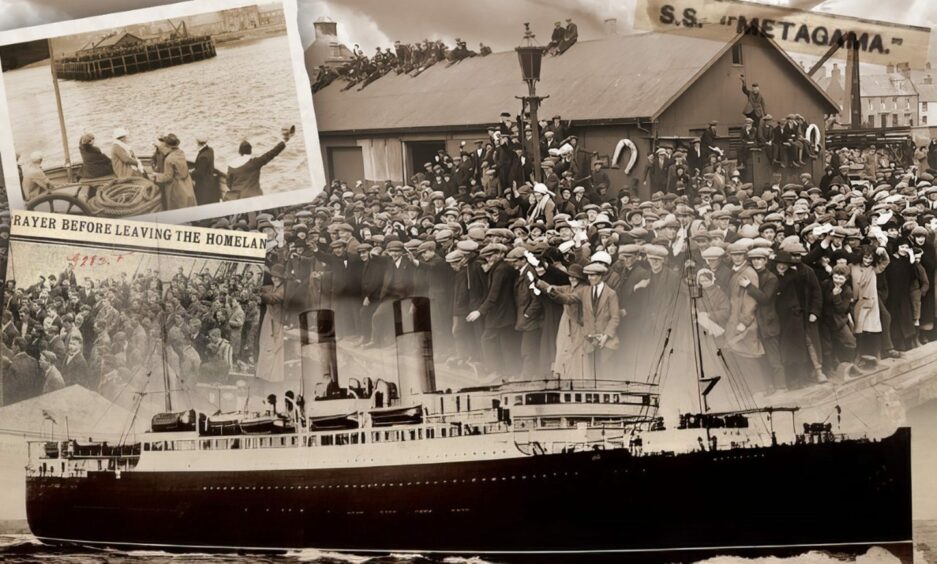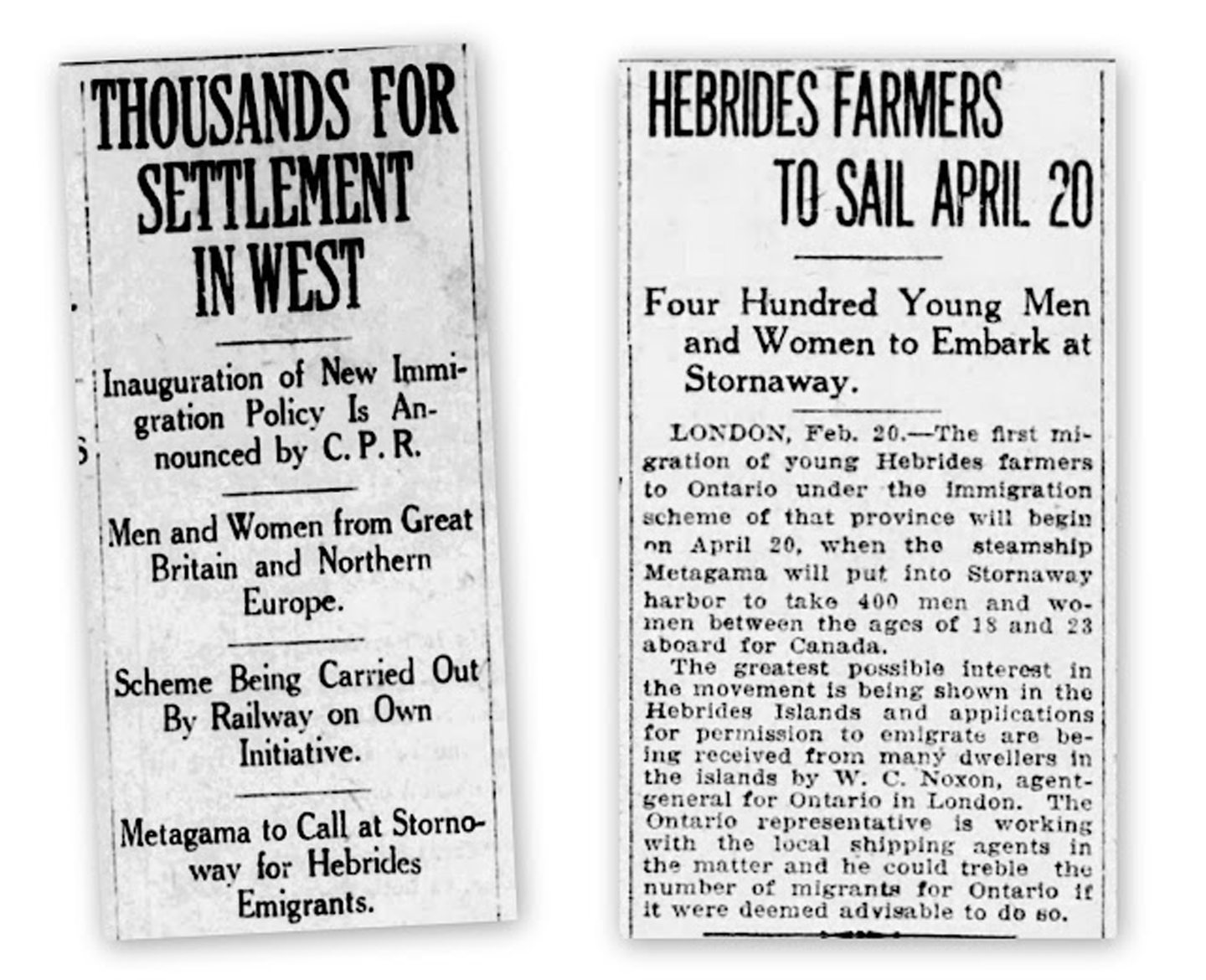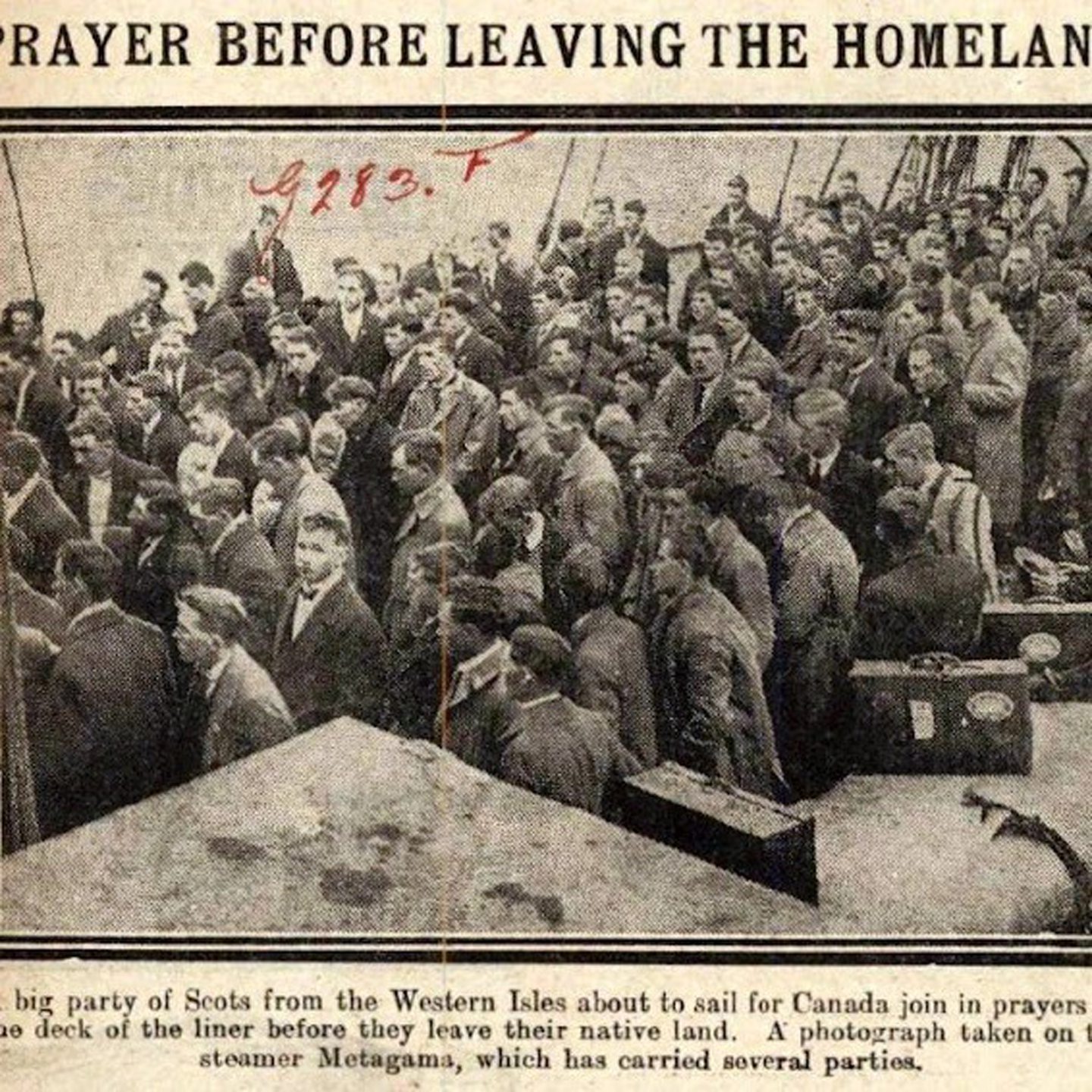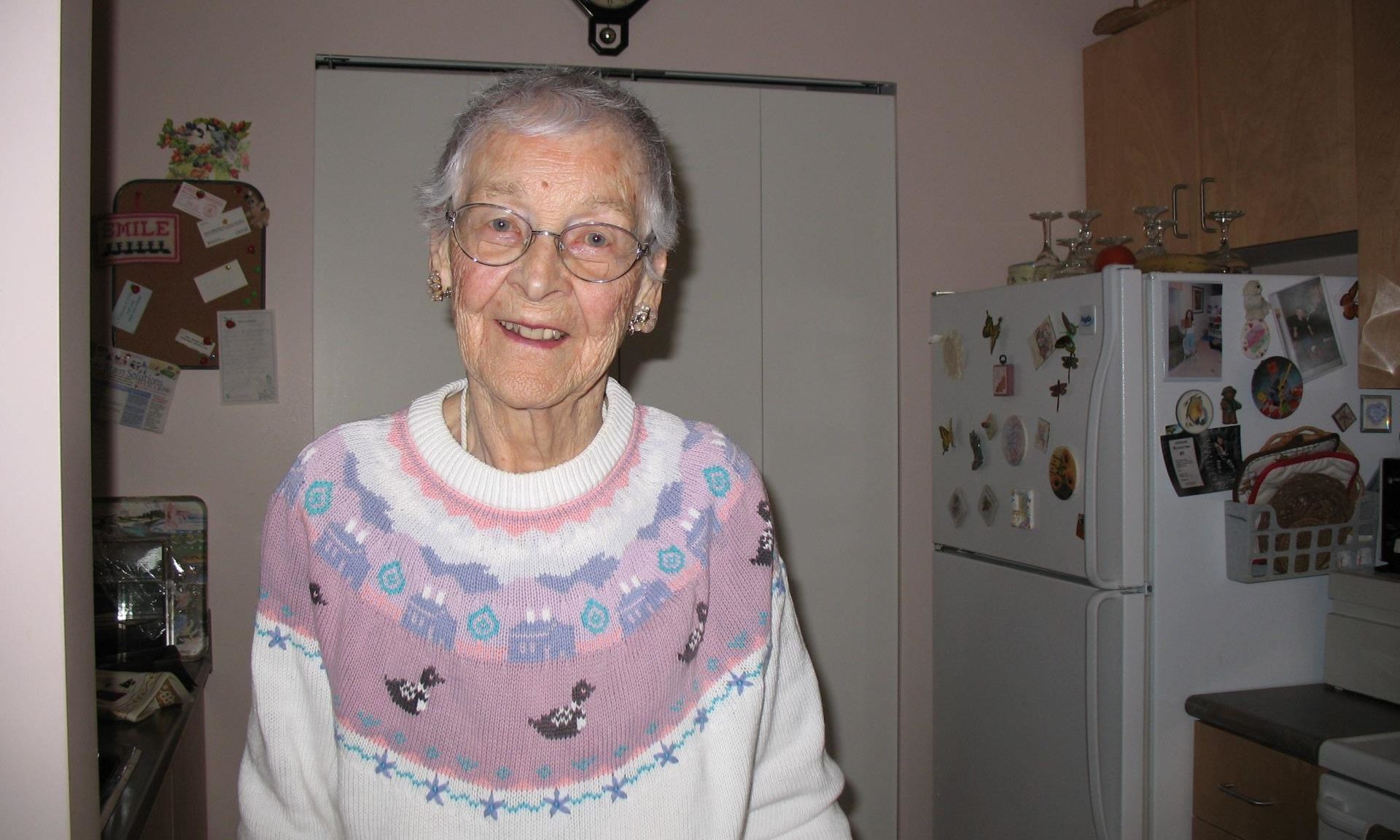
They set off in boats in search of a brighter future, with a mixture of excitement and anxiety, even as their family said prayers on the quayside.
Not all of them wanted to embark on the gruelling journey across the ocean, but they needed an escape from the poverty which had befallen them.
It might sound like the start of a modern story, which has sparked political tremors in recent months, but these were the hundreds of men, women and children who left Stornoway and Castlebay in the Metagama and the Marloch 100 years ago to answer the call from the Canadian government to work on farms and agricultural sites.
Some of them prospered, others decamped illegally to the United States, and others still returned to their roots in the Western Isles with different experiences and fortunes.
And it’s these stories which are being explored in a new stage event by acclaimed author, Donald S Murray, Highland musician Liza Mulholland and a host of other talents at a series of shows in Stornoway and Inverness later this month.
Some found security and prosperity
The whole saga has clearly left its imprint on Donald, whose work encompasses the poignant As the Women Lay Dreaming about the Iolaire disaster on New Year’s Day in 1919 and the controversial In a Veil of Mist, based on contentious Cold War biological warfare experiments which were carried out on animals in the Western Isles.
As he told me: “Beside the Detroit River, there is a statue commemorating – what is known as – the Underground Railroad. It consists of a cluster of men and women dressed in ragged clothes, who are looking and pointing at the town of Windsor on the opposite, Canadian side of the river from the city of Detroit.
“They are figures of individuals fleeing the slavery inflicted on black people in the United States, anticipating – with the help of some local churches and other groups – the possibility of freedom in the far north of the continent of America.
“When Liza and I were in Detroit a few months ago, we heard a number of moving stories about similar groups escaping from the Southern states to Canada in the 19th century. However, we heard more about individuals who had travelled in the opposite direction, going south to cities like Chicago and Detroit from the Great Plains and lakes of Canada around a hundred years ago.
“Some found prosperity and security in undertaking this journey. Others were occasionally arrested when their illegal crossings of the USA border were discovered.
There was a big Western Isles group
“Many of these individuals had a past and present in common. More than 1,000 immigrants came from places such as Lochboisdale, Stornoway and Castlebay on vessels like the Metagama, Marloch and Canada.
“Arriving in ports of Montreal and St John in New Brunswick, it was part of the conditions of the Assisted Passage Scheme that they had to work on farms across the Great Plains for a few years before they could journey elsewhere in either Canada or – if it was possible – the United States.
“A large number of those who travelled to Canada did not keep to that agreement. Instead of subjecting themselves to the kind of low-paid agricultural existence many wished to escape from, they travelled to cities such as Chicago and Detroit.
“It was in the latter city where Liza and I spent much of our time last October, researching the lives of Hebrideans who had crossed the Atlantic on ships like the Metagama and spent years in the industrial heartland of the United States.
“For Liza, this trip was personal, following in the footsteps of her grandparents who had travelled on the Metagama on April 21 1923 and settled in Detroit before returning home to Scotland during the Depression.
“She still has relatives to this day in Toronto. While, in my case, I have been aware for years of how many individuals from my native district of Ness settled in both Canada and the United States until they finally came home to the Hebrides.”
There are parallels with today
It’s another time, another place from the thorny subject of refugees seeking safe passage to Britain, which has become one of the key political issues at Westminster.
But, as somebody who has been adroit at connecting the past to the present in his work, I wasn’t surprised when Donald spoke of the parallels between what happened in the Western Isles a century ago and the often harrowing scenes in the North Sea today.
He said: “The issue of ‘small boats’ leaving countries or regions which are enduring economic hardship or – indeed – political repression has occurred for centuries.
“Clearly, I have full sympathy for those in areas like Afghanistan, Syria or indeed Albania who are undertaking such journeys for these reasons. There are, however, differences between then and now.
“The migrants from the Western Isles travelled to North America as ‘assisted passengers’, organised to aid the Canadian Government in terms of that country’s agriculture and helping to tend to fields in Manitoba, Ontario, Alberta and elsewhere (one could argue there is a similar need in this country today).
“But they were allowed in legally and welcomed on the other side of the Atlantic.”
‘More emigration than any other decade’
History professor Marjory Harper, of Aberdeen University, spent years gathering oral testimonies from individuals and families who have emigrated from all parts of Scotland since the early 20th century.
And among them Morag Bennett, who was 10 when her family was among hundreds of southern Hebrideans on the two Canadian Pacific liners – the SS Marloch and the Metagama – which left Scotland in the space of a week in April 1923.
As Donald added: “The 1920s in Scotland involved more emigration than any other decade with 300,000 people leaving, mainly to Canada and the United States.
“The Hebridean emigration – of around 1,500 between the Butt of Lewis and Vatersay was part of that wider pattern. However, it was intensified by other aspects of life in the Western Isles during this period.
A series of disasters happened
“This includes the effects of the Iolaire disaster and the First World War, where more men from the Western Isles lost their lives [per head of population] than any other part of the country. There was also the collapse of the fishing industry and the failure of crops in some parts of the islands; the latter occurring 1922 and 1924.
“This had an effect on morale, particularly among young people, and resulted in many deciding a new way of life was required.”
He and Liza have created In the Wake of Metagama: An Atlantic Odyssey in Story and Song, which will mark the centenary of that vessel leaving Stornoway Harbour on April 21 and 22 at An Lanntair in Stornoway and at Eden Court in Inverness on April 29.
The concerts will feature many performers, including actress Dolina Maclennan, musicians Christine Hanson from Canada, fiddler Charlie MacKerron of Capercaillie, singer-songwriter Willie Campbell, and Gaelic singer and piper Calum Ailig MacMhaoilein, whose grandfather emigrated in 1924. And illustrations will be provided for the show by acclaimed artist Doug Robertson.
It promises to be a compelling remembrance of another largely forgotten chapter from history, while shedding light on the many travails the Western Isles have endured.





